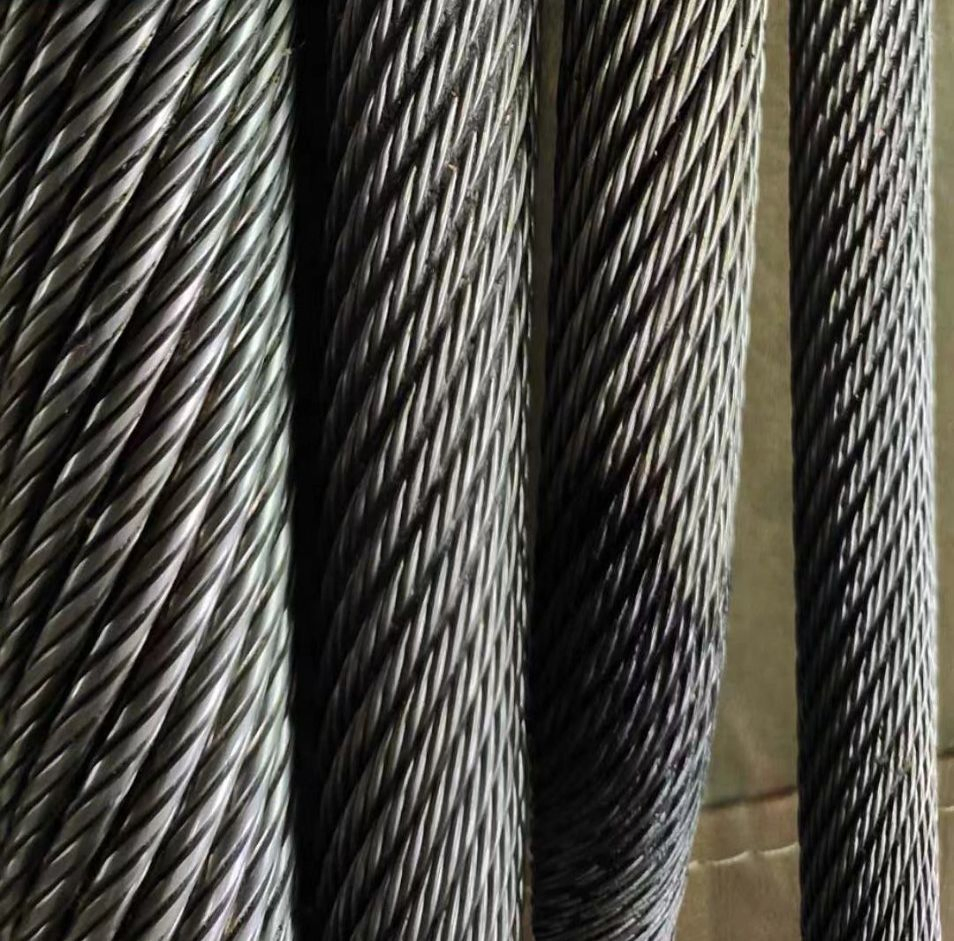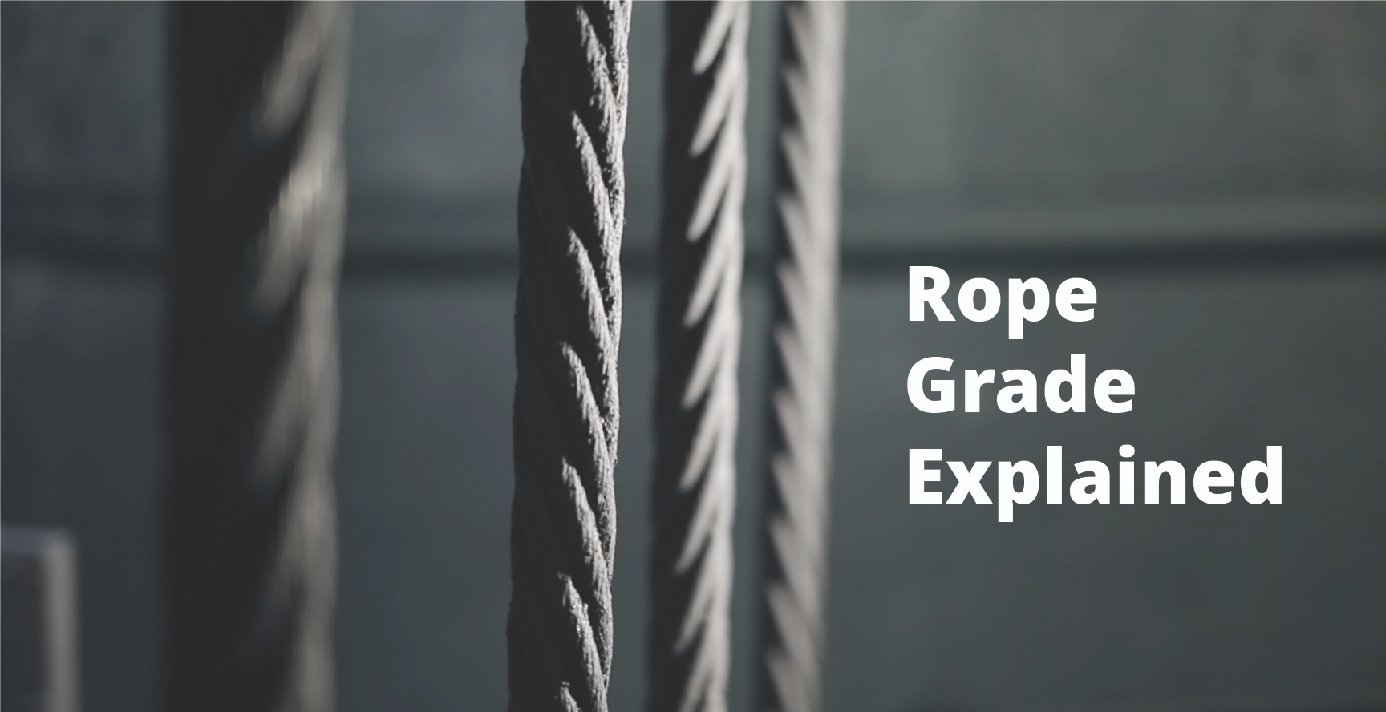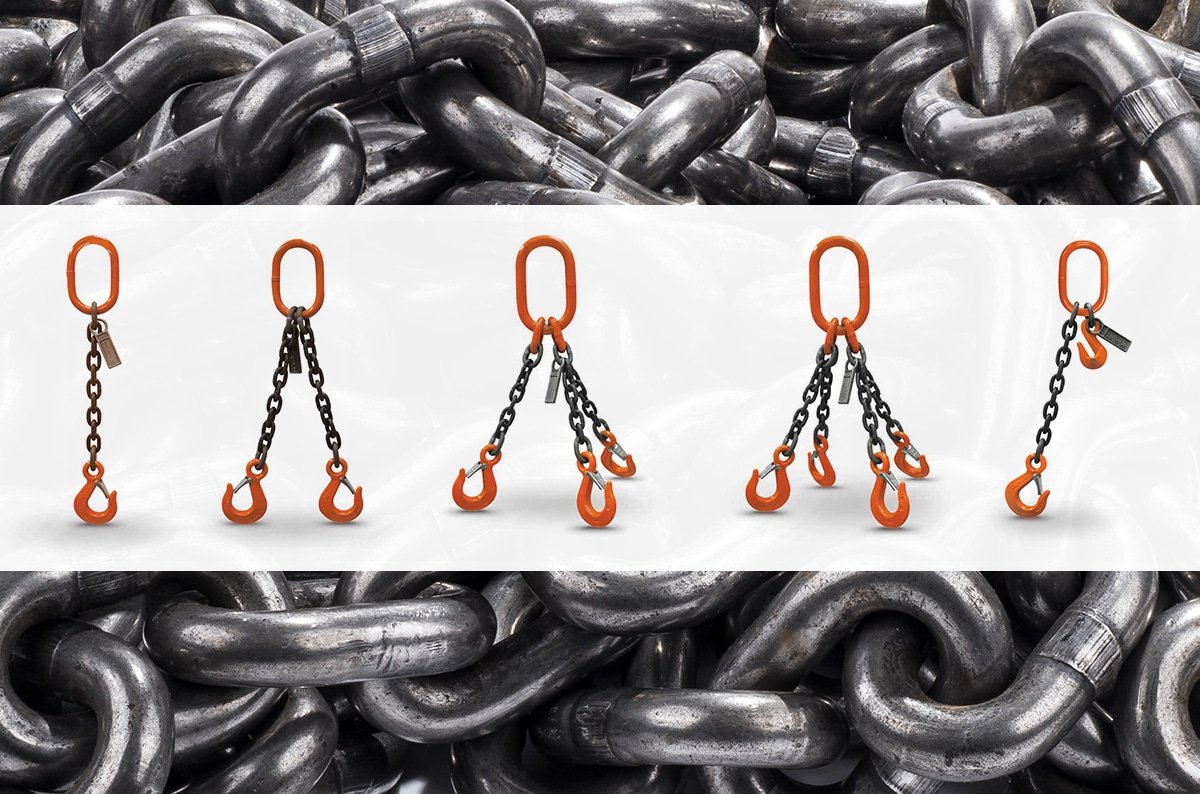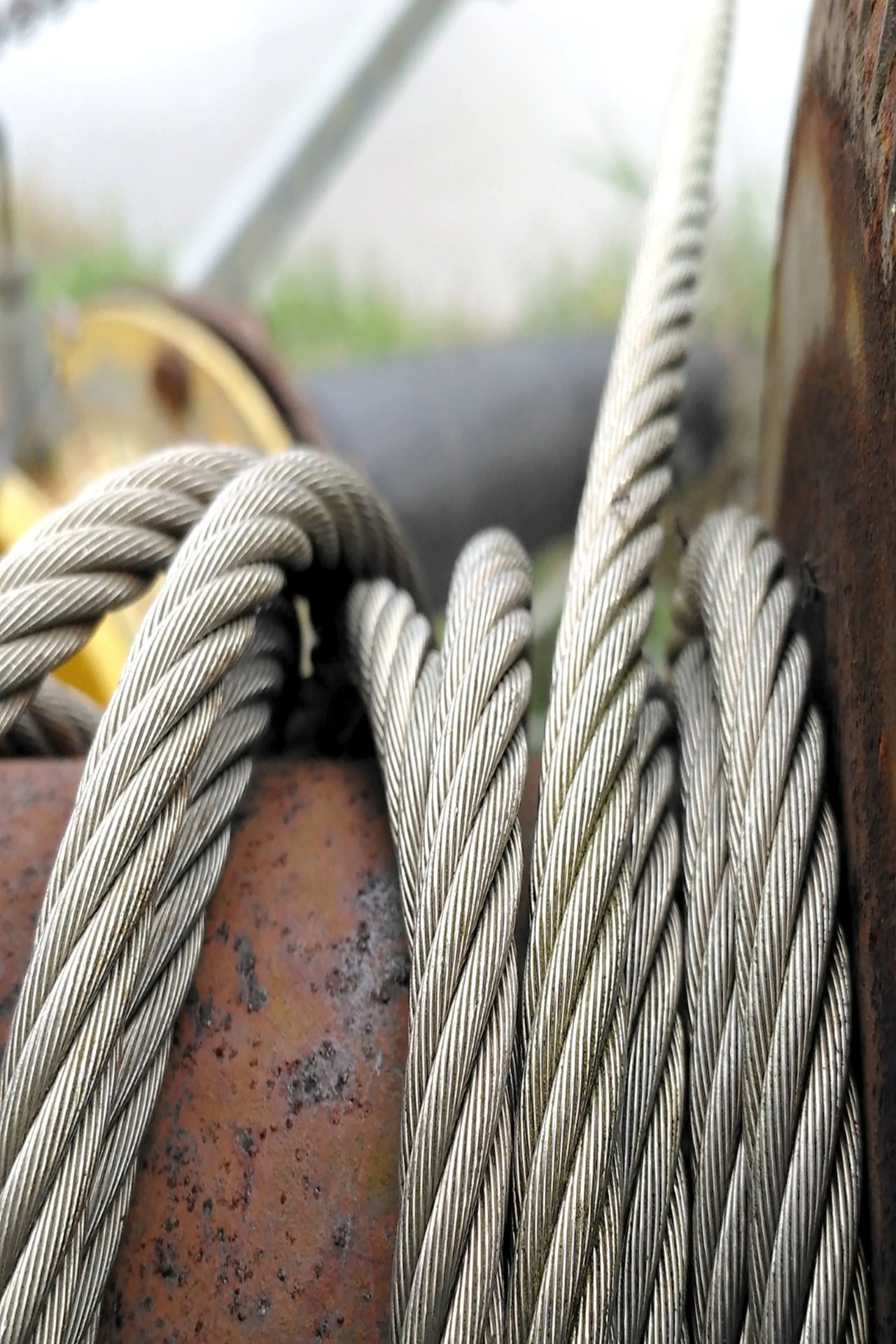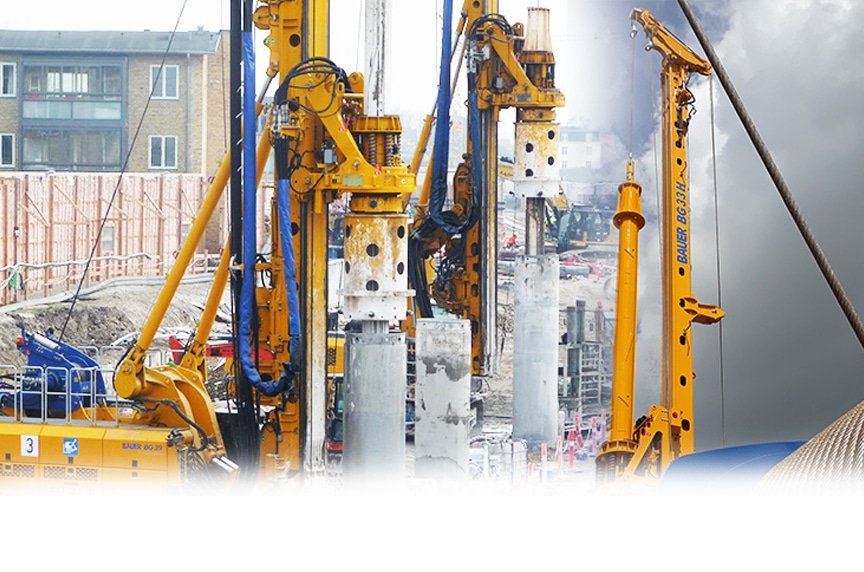Wire cables, commonly referred to as wire ropes, are made from various grades of steel, each chosen based on the required strength, flexibility, and resistance to environmental conditions like corrosion.
The grades of steel used in wire cables can be classified by their tensile strength, measured in megapascals (MPa). The figures you mentioned—1770, 1960, and 2160—refer to the tensile strength values of the steel used in wire cables. Here’s an overview of these grades:
Steel Wire Rope Grades Based on Common Tensile Strength
-
1770 MPa
This grade is commonly used for general-purpose applications where a good balance between strength and flexibility is needed. It’s suitable for a variety of lifting and rigging applications. -
1960 MPa
A higher strength wire that provides increased load capacity compared to 1770 MPa. It’s often used in situations requiring additional strength without a significant increase in cable diameter, such as in construction cranes and industrial lifting. -
2160 MPa
This is one of the highest common tensile strengths for wire ropes, offering superior strength and load capacity. It’s particularly useful in critical applications where high strength is necessary to handle very heavy loads, such as in large-scale lifting operations and structural cable applications.
Application Considerations
- Load Capacity: Higher tensile strength allows for heavier loads. Choosing a higher grade can reduce the diameter of the wire rope needed for the same load, which can be beneficial in terms of weight and handling.
- Durability: While higher tensile strength generally implies better performance under load, it can also mean reduced flexibility and potentially increased susceptibility to fatigue under repeated stress unless specifically engineered to handle dynamic loads.
- Corrosion Resistance: Depending on the environment, the material of the wire rope may need additional treatments, such as galvanization or the use of stainless steel, to ensure longevity and safety.
Material and Construction
- While the tensile strength provides a measure of the steel’s capability to withstand loads, the actual performance of a wire cable also depends on its construction (such as the number of strands and wires per strand), coatings (like galvanization), and specific conditions of use.
Choosing the right grade of steel for a wire cable is crucial for ensuring safety, efficiency, and cost-effectiveness in applications that range from simple tasks to critical load-bearing operations.
To effectively select the appropriate wire rope for any application, it’s important to consider both the mechanical properties of the steel and the specific requirements of the task at hand. Here’s how to approach selecting a wire cable based on tensile strength and other factors:
Steps to Select the Right Wire Rope:
-
Determine Load Requirements:
Calculate the maximum load the wire rope will need to handle. This includes the weight of the load plus any additional forces that may apply, such as dynamic loads or environmental factors. -
Select the Appropriate Tensile Strength:
Choose a wire rope with a tensile strength that can comfortably handle the calculated load. For safety, the chosen tensile strength should provide a significant margin above the maximum expected load. For general lifting, 1770 MPa might suffice, but for heavier loads or more critical applications, 1960 MPa or 2160 MPa might be necessary. -
Consider the Environment:
If the wire rope is to be used outdoors or in corrosive environments, consider materials like galvanized steel or stainless steel. For marine environments, Type 316 stainless steel offers superior corrosion resistance. -
Evaluate Flexibility Needs:
Determine if the wire rope needs to be highly flexible. More flexible ropes are generally required for applications involving pulleys or where the rope must be frequently bent. Higher tensile strength ropes tend to be less flexible, so if flexibility is a critical factor, this may limit the maximum tensile strength that can be used. -
Assess Fatigue Resistance:
For applications involving repeated bending or dynamic loads, fatigue resistance becomes crucial. Choose a rope construction that enhances fatigue resistance, such as a multi-strand design. -
Check for Compliance and Standards:
Ensure that the wire rope meets any relevant standards or regulations, such as those set by the ISO, EN, or specific industry guidelines. This is crucial for maintaining safety and compliance in regulated industries.
Practical Application Example
For instance, if you need a wire rope for a tower crane in a coastal area, you might choose a 1960 MPa tensile strength hot dip galvanized steel wire rope. The higher strength allows for handling heavy loads typically involved in construction, while the galvanized steel provides the necessary corrosion resistance to withstand the salty, humid sea air.
Conclusion
By carefully considering these factors—load requirements, environmental conditions, flexibility, fatigue resistance, and compliance with standards—you can select the most suitable wire rope for your needs, ensuring performance, safety, and durability. If you have specific scenarios or additional details, I can help tailor advice to fit more precise conditions or applications.
Ask For A Quick Quote
Fill out a quick form to get a personalized quote tailored to your specific needs.

